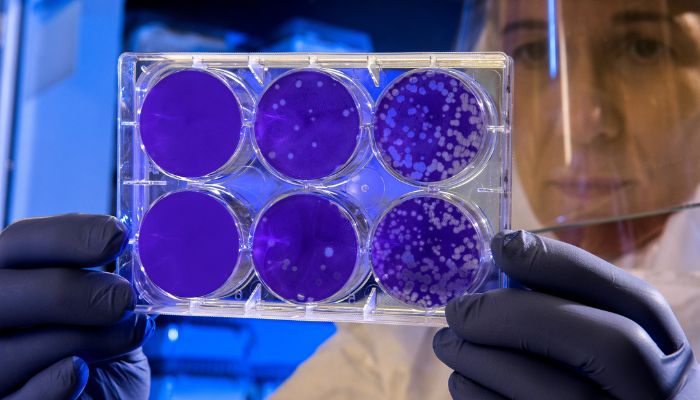|
Case study highlights option of a second stem cell transplant for relapsed SS by Patricia Inácio, PhD A 42-year-old man with scleroderma responded well to a second stem cell transplant after experiencing a disease relapse with lung involvement following his initial transplant, according to a recent report. Improvements in skin thickening and lung function were quickly seen, and the patient was still in remission two years after the procedure. The study, “Case report: A successful second autologous hematopoietic stem cell transplantation in refractory systemic sclerosis, with positive effect on skin involvement, pulmonary function and microcirculation,” was published in the journal Frontiers in Immunology. Up to 40% of patients experience disease progression after transplant
In scleroderma, also called systemic sclerosis (SSc), the immune system produces antibodies (called autoantibodies) that attack the body’s own tissues and organs. Transplants of hematopoietic stem cells (HSCs), a type of stem cell usually found in the bone marrow that can develop into any type of blood cell, have been shown to improve survival rates in scleroderma patients. The first part of this procedure involves harvesting a patient’s stem cells from their bone marrow, an autologous procedure, and subsequently infusing them back into the bloodstream after the patient has undergone chemotherapy to suppress existing immune cells. However, while HSC transplant is standard of care for certain people with scleroderma, up to 40% of patients experience disease progression within 10 years. Treatment choices in these cases remain limited and data on a second HSC transplant (HSCT) after scleroderma relapse is limited. Now, researchers in the Netherlands describe the case of a 42-year-old man with a three-month history of Raynaud’s phenomenon (RP), skin thickening, and pain in several joints. In RP, the fingers and toes feel numb, prickly, or frigid in response to cold or emotional distress. The patient did not use any medication. He was a cigarette smoker, with a 30 pack-year smoking history. Continue reading here Comments are closed.
|
AuthorScleroderma Queensland Support Group Archives
July 2024
Categories
All
|
Scleroderma Association of Queensland
©Scleroderma Association of Queensland. All rights reserved. Website by Grey and Grey.

